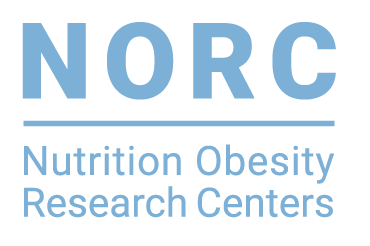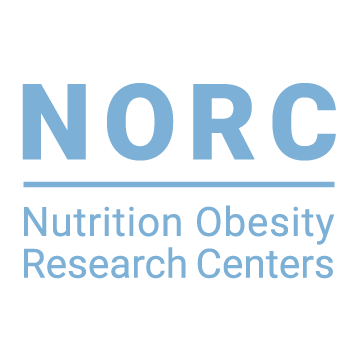Tag: University of Washington
Hematopoietic Androgen Receptor Deficiency Promotes Visceral Fat Deposition in Male Mice Without Impairing Glucose Homeostasis
Abstract Androgen deficiency in men increases body fat, but the mechanisms by which testosterone suppresses fat deposition have not been elucidated fully. Adipose tissue macrophages express the androgen receptor (AR) and regulate adipose tissue remodeling. Thus, testosterone signaling in macrophages could alter the paracrine function of these cells and thereby contribute to the metabolic effects of androgens in men. A metabolic phenotyping study was performed to determine whether the loss of AR signaling in hematopoietic cells results in greater fat accumulation in male mice. C57BL/6J male mice (ages 12-14 weeks) underwent bone marrow transplant from either wild-type (WT) or AR … Read More »
Categories: Publications Tags: University of WashingtonPlasma Vitamin D is Associated with Fasting Insulin and Homeostatic Model Assessment of Insulin Resistance in Young Adult Males, But Not Females, of the Jerusalem Perinatal Study
Abstract The goal of this study was to examine cross-sectional relationships between plasma vitamin D and cardiometabolic risk factors in young adults. Data were collected from interviews, physical examinations and biomarker measurements. Total plasma 25-hydroxyvitamin D (25(OH)D) was measured using LC-tandem MS. Associations between 25(OH)D and cardiometabolic risk factors were modelled using weighted linear regression with robust estimates of standard errors. Participants of the Jerusalem Perinatal Study (n 1204) interviewed and examined at age 32 years. Participants were oversampled for low and high birth weight and for maternal pre-pregnancy obesity. We found evidence for inverse associations of 25(OH)D with markers … Read More »
Categories: Publications Tags: University of WashingtonVitamin D Metabolites and Bone Mineral Density: The Multi-Ethnic Study of Atherosclerosis
Abstract Previous studies demonstrate associations of low 25-hydroxyvitamin D (25(OH)D) concentrations with low bone mineral density (BMD) and fractures, motivating widespread use of vitamin D supplements for bone health. However, previous studies have been limited to predominantly White populations despite differences in the distribution and metabolism of 25(OH)D by race/ethnicity. We determined associations of serum 25(OH)D, 24,25-dihydroxyvitamin D (24,25(OH2)D3), and parathyroid hormone (PTH) with BMD among 1773 adult participants in the Multi-Ethnic Study of Atherosclerosis (MESA) in a staggered cross-sectional study design. Vitamin D metabolites were measured using liquid chromatography-mass spectroscopy and PTH using a 2-site immunoassay from serum collected … Read More »
Categories: Publications Tags: University of WashingtonIn Vivo Structure-Function Studies of Human Hepatic Lipase
Abstract The lean body weight phenotype of hepatic lipase (HL)-deficient mice (hl(-/-)) suggests that HL is required for normal weight gain, but the underlying mechanisms are unknown. HL plays a unique role in lipoprotein metabolism performing bridging as well as catalytic functions, either of which could participate in energy homeostasis. To determine if both the catalytic and bridging functions or the catalytic function alone are required for the effect of HL on body weight, we studied (hl(-/-)) mice that transgenically express physiologic levels of human (h)HL (with catalytic and bridging functions) or a catalytically-inactive (ci)HL variant (with bridging function only) … Read More »
Categories: Publications Tags: University of WashingtonEffects of Murine Norovirus on Atherosclerosis in Ldlr Mice Depends on Timing of Infection
Abstract We previously reported that murine norovirus (MNV), a virus prevalent in United States research institutions, increased atherosclerotic lesion size in Ldlr(-/-) mice when the mice were infected 8 wk after feeding an atherogenic diet. To determine whether the timing of MNV infection relative to atherosclerosis development altered the disease phenotype and to examine potential mechanisms by which MNV influences the disease process, we fed Ldlr(-/-) mice an atherogenic diet for 16 wk. Three days after initiating the atherogenic diet, half of the mice received MNV4 and the other half vehicle only (clarified cell-culture lysate; controls). Both groups of mice … Read More »
Categories: Publications Tags: University of Washington
